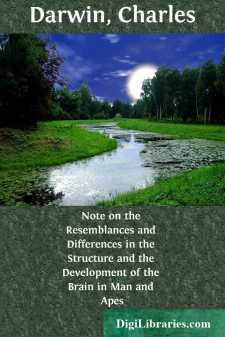Categories
- Antiques & Collectibles 13
- Architecture 36
- Art 48
- Bibles 22
- Biography & Autobiography 816
- Body, Mind & Spirit 145
- Business & Economics 28
- Children's Books 17
- Children's Fiction 14
- Computers 4
- Cooking 94
- Crafts & Hobbies 4
- Drama 346
- Education 58
- Family & Relationships 59
- Fiction 11834
- Foreign Language Study 3
- Games 19
- Gardening 17
- Health & Fitness 34
- History 1378
- House & Home 1
- Humor 147
- Juvenile Fiction 1873
- Juvenile Nonfiction 202
- Language Arts & Disciplines 89
- Law 16
- Literary Collections 686
- Literary Criticism 179
- Mathematics 13
- Medical 41
- Music 40
- Nature 179
- Non-Classifiable 1768
- Performing Arts 7
- Periodicals 1453
- Philosophy 66
- Photography 2
- Poetry 897
- Political Science 203
- Psychology 45
- Reference 154
- Religion 516
- Science 126
- Self-Help 85
- Social Science 82
- Sports & Recreation 34
- Study Aids 3
- Technology & Engineering 59
- Transportation 23
- Travel 463
- True Crime 29
Our website is made possible by displaying online advertisements to our visitors.
Please consider supporting us by disabling your ad blocker.
The Power of Movement in Plants
by: Charles Darwin
Categories:
Description:
Excerpt
INTRODUCTION.
THE chief object of the present work is to describe and connect together several large classes of movement, common to almost all plants. The most widely prevalent movement is essentially of the same nature as that of the stem of a climbing plant, which bends successively to all points of the compass, so that the tip revolves. This movement has been called by Sachs "revolving nutation;" but we have found it much more convenient to use the terms circumnutation and circumnutate. As we shall have to say much about this movement, it will be useful here briefly to describe its nature. If we observe a circumnutating stem, which happens at the time to be bent, we will say towards the north, it will be found gradually to bend more and more easterly, until it faces the east; and so onwards to the south, then to the west, and back again to the north. If the movement had been quite regular, the apex would have described a circle, or rather, as the stem is always growing upwards, a circular spiral. But it generally describes irregular elliptical or oval figures; for the apex, after pointing in any one direction, commonly moves back to the opposite side, not, however, returning along the same line. Afterwards other irregular ellipses or ovals are successively described, with their longer [page 2] axes directed to different points of the compass. Whilst describing such figures, the apex often travels in a zigzag line, or makes small subordinate loops or triangles. In the case of leaves the ellipses are generally narrow.
Until recently the cause of all such bending movements was believed to be due to the increased growth of the side which becomes for a time convex; that this side does temporarily grow more quickly than the concave side has been well established; but De Vries has lately shown that such increased growth follows a previously increased state of turgescence on the convex side.* In the case of parts provided with a so-called joint, cushion or pulvinus, which consists of an aggregate of small cells that have ceased to increase in size from a very early age, we meet with similar movements; and here, as Pfeffer has shown** and as we shall see in the course of this work, the increased turgescence of the cells on opposite sides is not followed by increased growth. Wiesner denies in certain cases the accuracy of De Vries' conclusion about turgescence, and maintains*** that the increased extensibility of the cell-walls is the more important element. That such extensibility must accompany increased turgescence in order that the part may bend is manifest, and this has been insisted on by several botanists; but in the case of unicellular plants it can hardly fail to be the more important element. On the whole we may at present conclude that in-
* Sachs first showed ('Lehrbuch,' etc., 4th edit. p. 452) the intimate connection between turgescence and growth. For De Vries' interesting essay, 'Wachsthumskrümmungen mehrzelliger Organe,' see 'Bot. Zeitung,' Dec. 19, 1879, p....












